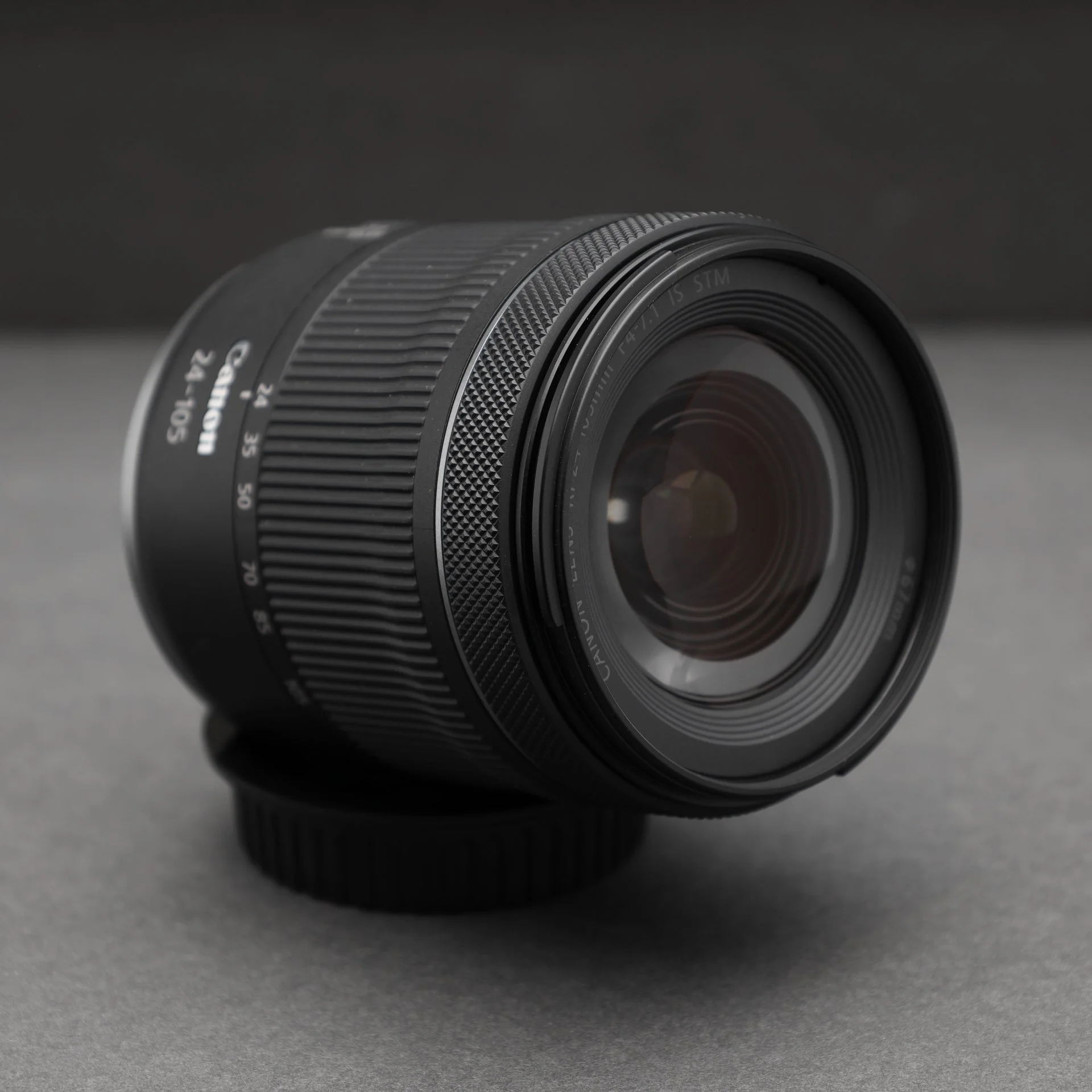How To Choose the Correct Lens for 360 Degree Product Photos
Create 360 Degree Product Photos with the Correct Lens
Professional photographers know that, to a given extent, equipment matters in making 360 degree product photos look amazing. Aside from Revo’s industry leading 360 photography turntables and Vida Studio platform, the cameras and lensing play an integral role for bringing the highest level of quality and resolution to your potential customers or clients. In this blog we will discuss those different kinds of lenses and their advantages in detail replication for your 360 product spins.
Types of Lenses and Their Advantages in 360 degree product photography
In our discussion of 360 product photography equipment we will cover 4 main lens types: wide-angle, standard, zoom, and macro. Hopefully this will help you gain full control over the output on your 360 photos.
Wide Angle Lens
The focal length of a wide angle lens runs anywhere from 11mm-35mm with a field of view somewhere from 94 degrees - 64 degrees. The human eye sees roughly 120 degrees, so 94 of that is pretty wide! Generally, the uses of a wide angle lens are meant to capture as much of the scenery as possible. Think landscapes, architecture, interiors or anything where the photographer cannot move back to capture more information in the frame. Another use of this lens type is for visual exaggeration, where the photographer makes objects in the foreground and background seem farther apart due to the forced perspective of the wide lens.
You’d want to use a wide angle lens for 360 spins when you have a larger object in a smaller space, for example, a bicycle. Of course, this isn’t the most ideal application but sometimes you need to get creative! Also, lens perspective correction in PS/LR goes quite the long way these days.
Finally, most wide angle lenses actually have impressive close-up capabilities, so in a pinch they could work for smaller objects as well with a crop applied in post.
2. Standard / Normal Lens
For a lens of this type the focal length ranges from 35mm-60mm, or what the human eye sees “normally”. Oftentimes the lower end of this range still tends to be wide for 360 degree product spins, but here at Revo we use 60mm regularly. Our general rule is you should be at most 18” from your subject when possible and 60mm provides excellent image coverage for many items we photograph.
One advantage of a standard / normal lens is their low aperture capabilities, meaning these lenses are able to open wide and allow lots of light to pass through. The caveat here, however, is that the wider the aperture the more blurry the background will be. So, if you shoot objects close up and below f/4 for example, you may lose detail on your product. But, if you can be within 18” from 35-60mm, shooting f/8 and above…you’re golden for high quality 360 product images.
If you shoot a standard size of products and do not need to move your camera stand often, a standard lens with nice glass will be wonderful for your application.
3. Zoom Lens
Here at Revo we strongly suggest the use of a zoom lens for its variability and ease of use. Our lenses are 24mm-105mm and have exceptional image rendering capabilities. The main advantages of the zoom lens are that you don’t need to move your camera stand to focus or frame an image. This gives you the ability to target your subject distance to within 18” and then recompose as necessary without moving your camera stand, which is most convenient in a high-volume 360 spin studio.
4. Macro Lens
Macro lenses have extreme small detail rendering capabilities. Think of any very close up images you have seen of bugs or plants for example, these are taken with macro lenses. These lenses have the ability to replicate items at a 1:1 level with extreme detail and clarity. If you have small objects that need photographing for 360 spin images, a macro lens is a great consideration. However, it is important to note that the closer you move to an object the more light you need to put upon it.
Professional Photographers Choose the Right Equipment for Each 360 Spin
All lenses have advantages and disadvantages, so consider your studio and 360 product image needs before you purchase an expensive lens! For any kind of photoshoot, knowledge means quality. Choosing the wrong lens or subject distance will render a below-quality image that no amount of post-processing work will fix. Get it right in-camera, first!
Full Control Over 360 Product Spins
In most instances, 360 product spins contain 24-72 images. Here at Revo we use our automated turntables and Vida Studio System to make spins speedier and more precise. In combination with our correct lens choice and Studio Titan camera stand, we capture precise and clear images every time.
It may be surprising, but most of the time spent for our 360 product photography comes in the setup period before we even press the shutter. We spend time making sure the object is centered and well-lit ahead of the 360 spin capture. Centering the object is of utmost importance, and an out-of-center object will appear wonky in a 360 product view. Larger items like bicycles are a bit more forgiving: something an inch out of center may not be noticeable. But for smaller objects even a mm out of center will be extremely noticeable upon rotation. Sweat the small stuff!
If you have questions about lensing, centering, Revo or the Vida System…please get in touch with us today!



